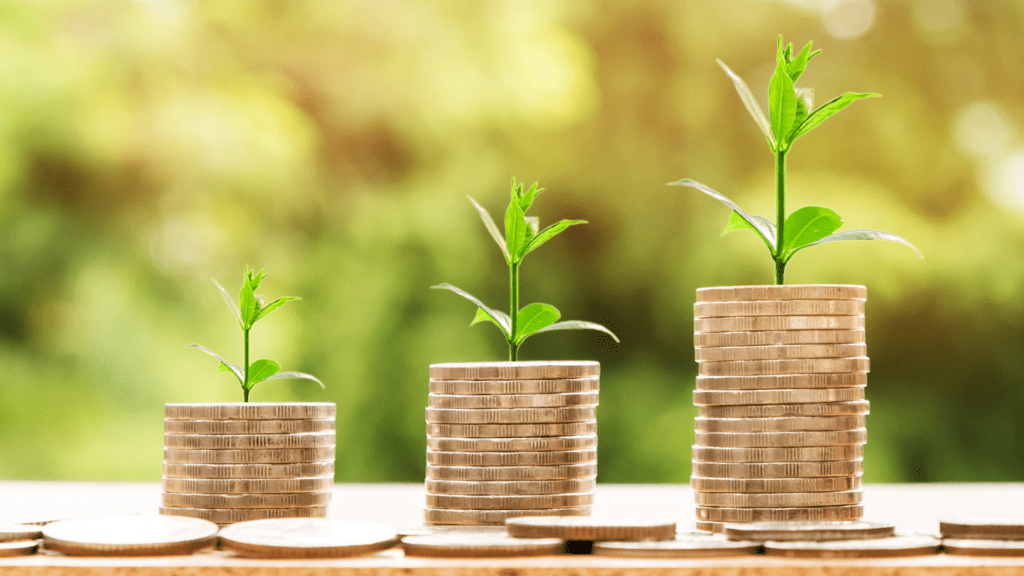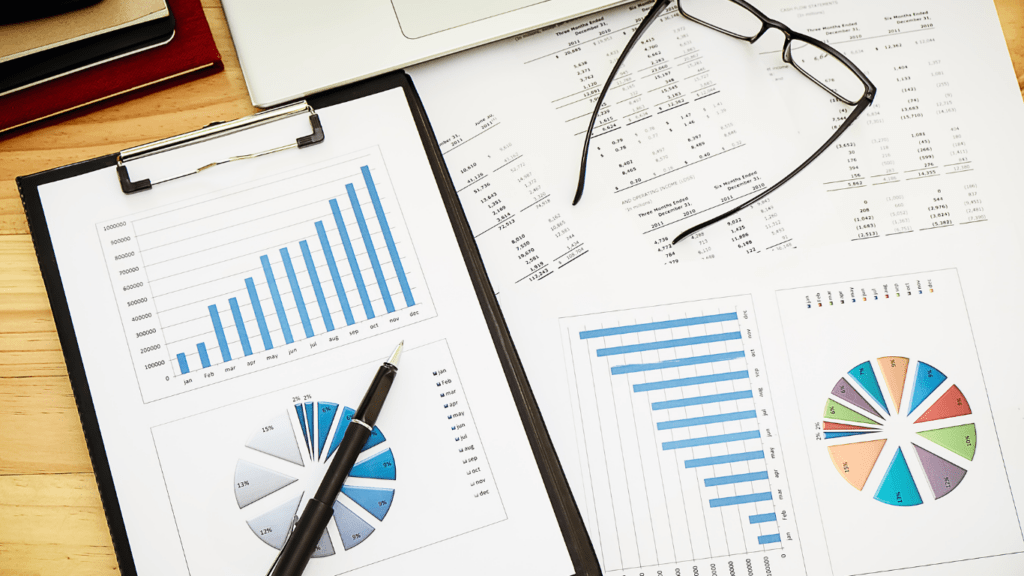Examining the Current Global Economic Recovery
The global economy’s rebound from a recent recession shows positive trends. Several key indicators reveal signs of economic health, while comparisons with previous recoveries offer additional insights.
Key Indicators of Economic Health
Rising employment rates, improved consumer spending, and increased industrial production serve as crucial indicators of recovery. The employment rate has grown steadily in countries like the U.S. and Germany.
For instance, the U.S. added over 500,000 jobs in the last quarter. Consumer spending has also seen a boost; retail sales in China rose by 8.5% compared to the previous year, signaling a resurgence in consumer confidence.
Another significant indicator, industrial production, has increased in nations like Japan, with a 5% rise over the past six months, highlighting growing manufacturing activities.
Comparisons With Previous Economic Recoveries
Current recovery trends show both similarities and differences when compared to past recoveries. During the 2008 financial crisis recovery, employment growth was slower, averaging 200,000 new jobs per month in the U.S., highlighting a more measured pace compared to today’s rapid job gains.
Consumer sentiment was sluggish post-2008, whereas today’s consumers seem more optimistic, driving higher spending despite lingering uncertainties. Industrial production also bounced back faster post-COVID-19 than post-2008, with many sectors adapting quickly to new demands and technological advancements.
These comparisons underline that while every recovery has unique aspects, certain universal factors like:
- employment
- consumer spending
- industrial output
remain consistent indicators of economic health.
Regions Leading the Recovery Process
Several regions show robust signs of recovery, making significant contributions to the global economy’s resilience.
Asia’s Economic Resilience
Asia’s economic resilience stands out largely due to China’s rapid industrial growth, technological advancements, and export expansion. The country’s manufacturing sector rebounded swiftly, showing substantial gains in GDP and employment.
South Korea and Japan follow suit, with strong tech sectors and increased export activities driving their recovery. India, focusing on digital infrastructure and renewable energy, marks notable progress.
North America’s Fiscal Responses
North America’s recovery is driven by aggressive fiscal responses and stimulus measures. The United States implemented several relief packages, boosting consumer spending and supporting small businesses.
Employment rates surged as the economy reopened. Canada also saw similar trends with substantial government investment in healthcare and technology propelling its economy forward. Both nations benefited from vaccination drives, aiding swift economic reopening.
Europe’s Gradual Recovery
Europe’s recovery, though gradual, shows consistent progress. Germany’s engineering sector and export growth lead the charge, supported by strong industrial output.
France and Italy benefit from comprehensive fiscal stimulus and social welfare programs, contributing to increased consumer confidence and spending.
The UK, focusing on innovation and technology, sees positive GDP growth and reduced unemployment rates. The European Union’s coordinated responses and recovery funds also play crucial roles in this gradual recovery.
Sectors Thriving in the Post-Recession Economy

The post-recession economy reveals multiple sectors experiencing significant growth. Key areas include technology and green energy.
Technology and Digitalization Boom
Technology leads the recovery with advancements in artificial intelligence, cloud computing, and cybersecurity. AI, for instance, finds applications in healthcare diagnostics and autonomous vehicles.
Cloud services witness increased adoption as companies shift to remote work structures and need scalable IT infrastructure. Cybersecurity investments rise due to increased digital threats, emphasizing the need for enhanced protective measures.
E-commerce continues its upward trajectory, benefiting from consumer preference for online shopping. FinTech firms innovate rapidly, offering new solutions in digital payments and personal finance management.
Green Energy and Sustainability Initiatives
- Green energy surges forward with investments in solar, wind, and electric vehicles. Solar power installations rise globally with countries prioritizing renewable energy sources.
- Wind energy projects see strong growth, especially offshore wind farms in Europe.
- The electric vehicle market expands with increased consumer demand and governmental incentives.
- Sustainable agriculture practices gain attention, focusing on reducing carbon footprints and promoting eco-friendly farming methods.
- Recycling and waste management industries develop innovative solutions to manage environmental waste efficiently.
Challenges and Risks to Sustained Recovery
Despite the positive momentum, multiple challenges and risks threaten sustained recovery.
Inflation and Monetary Policies
Inflation continues to present a significant challenge. Rising prices affect purchasing power. Central banks respond with tighter monetary policies. Higher interest rates aim to curb inflation, but they may stifle economic growth.
For instance, the Federal Reserve raised rates three times in 2023. Such actions can slow consumer spending and business investment.
Geopolitical Conflicts and Trade Barriers
Geopolitical conflicts further strain global recovery. Trade barriers disrupt international supply chains. The US-China trade war escalated in 2022, affecting technology and manufacturing sectors. Sanctions and tariffs lead to increased production costs and delays.
For example, semiconductor shortages impacted global automobile production. These barriers complicate global economic interconnectedness, impeding sustained recovery.




